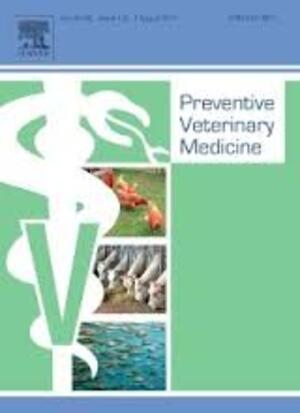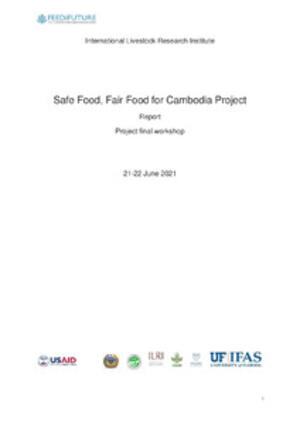
Persistence of Rift Valley fever virus in East Africa
Abstract
Rift Valley fever virus (RVFv) is a mosquito-borne pathogen of livestock, wildlife and humans that causes
severe outbreaks in intervals of several years. One of the open questions is how the virus persists between
outbreaks. We developed a spatially-explicit, individual-based simulation model of the RVFv transmission
dynamics to investigate this question. The model, is based on livestock and mosquito population dynamics.
Spatial aspects are explicitly represented by a set of grid cells that represent mosquito breeding sites. A grid
cell measures 500×500 m and the model considers a grid of 100×100 grid cells; the model thus operates on
the regional scale of 2,500 km2. Livestock herds move between grid cells, and provide connectivity between
the cells. The model is used to explore the spatio-temporal dynamics of RVFv persistence in absence of a
wildlife reservoir in an east African semi-arid context. Specifically, the model assesses the importance of
local virus persistence in mosquito breeding sites relative to global virus persistence mitigated by movement
of hosts. Local persistence is determined by the length of time the virus remains in a mosquito breeding
site once introduced. In the model, this is a function of the number of mosquitoes that emerge infected and
their lifespan. Global persistence is determined by the level of connectivity between isolated grid cells. Our
work gives insights into the ecological and epidemiological conditions under which RVFv persists. The
implication for disease surveillance and management are discussed.
Citation
Gachohi, J., Hansen, F., Bett, B. and Kitala, P. 2012. Persistence of Rift Valley fever virus in East Africa. Presented at the 13th Conference of the International Society of Veterinary Epidemiology and Economics, Maastricht, The Netherlands, 20-24 August 2012. Nairobi, Kenya: ILRI.










